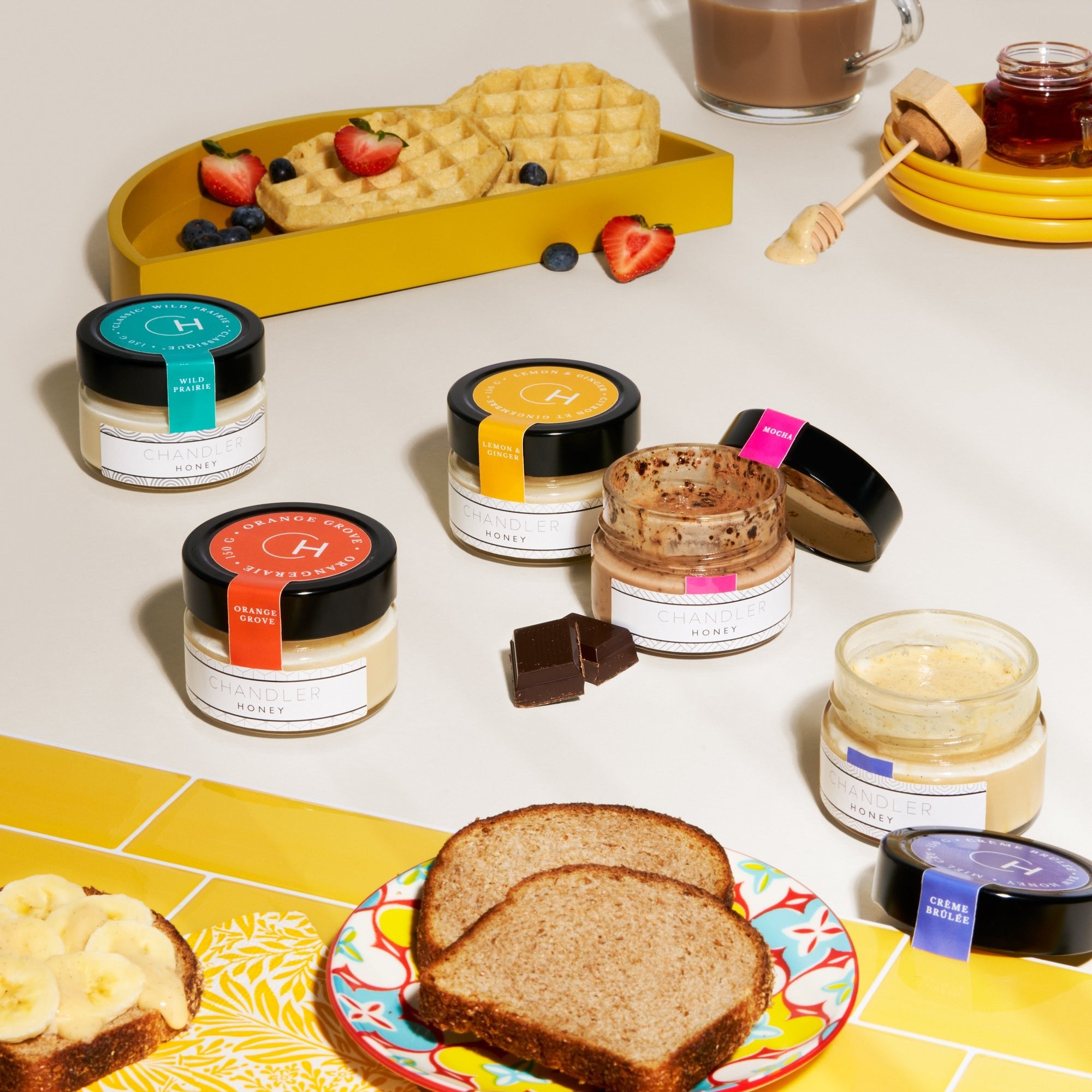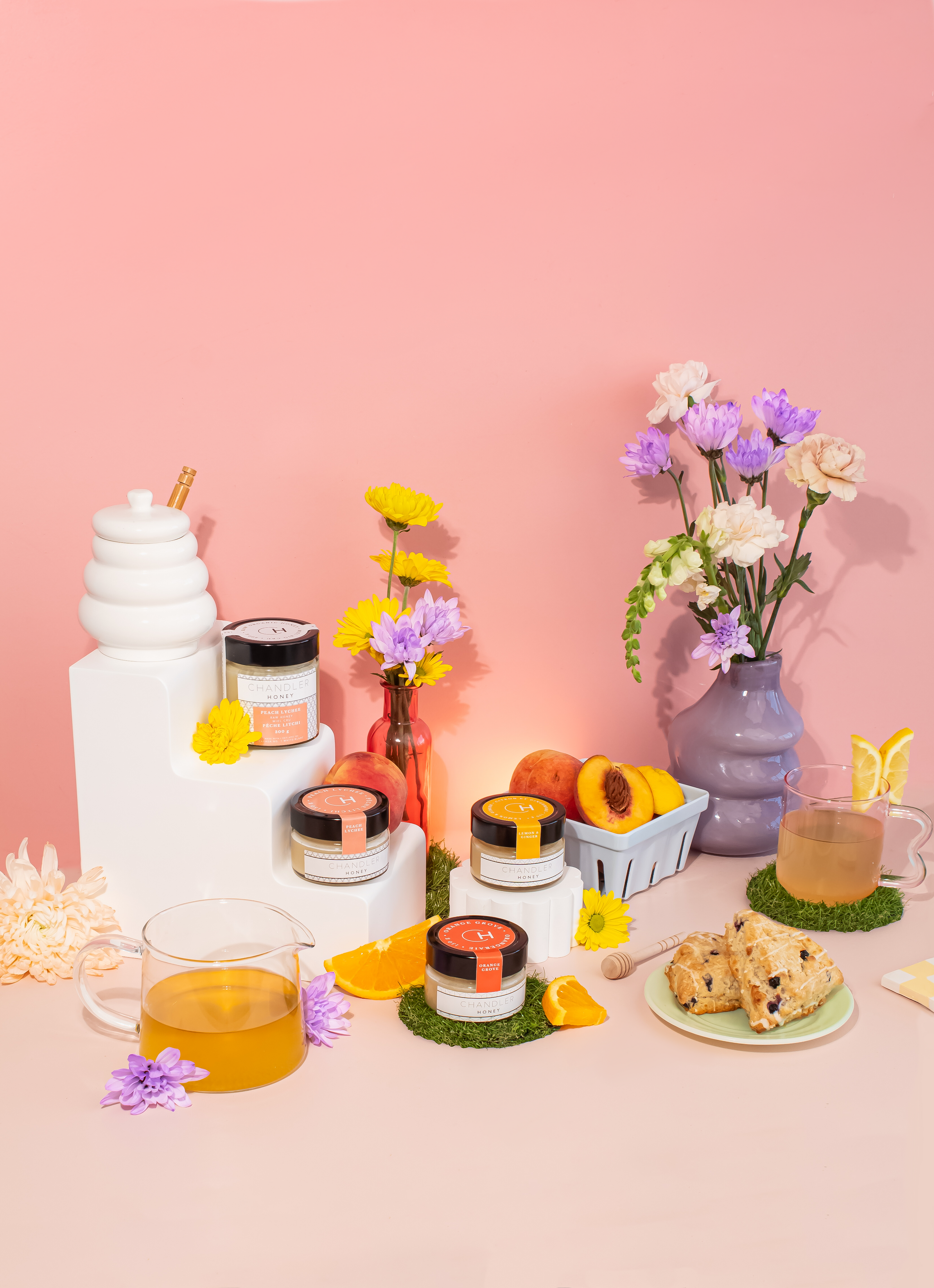Back in 2016 after I had just graduated university, I set out to New Zealand for two months solo to learn a bit more about myself, learn a bit more about the world, and learn a bit more about beekeeping. It was a magical time in my life!
Growing up on a bee farm in Alberta has had many perks, one of them being that interesting people from all around the world seemed to always come to us. Beekeeping is a very collaborative world, with people always being keen to learn, listen, and share. With the seasons being opposite in the Northern and Southern Hemisphere, we seemed to have an abundance of people wanting to learn at Scandia Honey during our busy summers and their downtime of winter. From New Zealand, Thailand, South Africa, Philippines… we always had beekeepers looking to expand their horizons arrive in our little town. Between you and me, the New Zealanders were always my favourites.
During my trip, I managed to stay with four different beekeepers from four different areas on both the North and South Island who I had already met and worked alongside in Scandia. They were also my friends! As often as I could, I asked to be shown around, out for a ride-along out to see the bees, and an active participant in whatever was happening.
Stop 1: Learning team culture at a small beekeeping shop.
My first friend Toby worked at a beekeeping operation out in Katikati (Tauranga area, in the Bay of Plenty on the North Island) called NZ bees. The team was made up of about 10 beekeepers and I couldn’t help but marvel at how close they all seemed. Some had been working together there for 25 years, and I loved how much they all teased each other.
In true New Zealand fashion, they never took themselves too seriously but were still super serious about the bees and the manuka honey. New Zealand has so many beekeeping operations, ranging from tiny to some of the largest in the world, but I was so happy that I was able to be immersed in one that seemed to be the perfect size.
Stop 2: Learning the remoteness of the bush.
My next friend was located more East in a very small town called Frasertown. This tiny town had the same quaint feeling to the one I grew up in, but they were just big enough to have a small school and a pub.
They also kept their bees in the most unbelievable wild bush I had ever seen. The roads out to the beekeeping locations were sometimes 45 minutes away by a bumpy dirt road and, if it happened to rain, the beekeepers had no hope of reaching those hives until it dried up. Out in the untouched bush, there was high potential for getting at the manuka bush, which is an absolute cash cow for NZ beekeepers. I understand why people are willing to pay so much for it, especially given that it can be so difficult to get to and the untouched bush of New Zealand is one of the most beautiful and pristine places on earth.
Stop 3: Learning how packages are created on the other end.
My parents’ main business partners, who supply Canada with packages of bees to boost our spring hive numbers, live in Takapau in the South-central part of the North Island. I see them often when they come visit in Canada, but hadn’t seen their operations in New Zealand over 10 years. Let me tell you - it is so unbelievably impressive.
The most interesting thing I learned was how they produce the packaged bees. Generally, I see them on the other side when they arrive in Canada. They collect bees that are blown off empty supers, weigh the bees out to 1kg, and pour them into the final cardboard boxes with mesh screens on them. When I say pour, I mean actually pour like water. Bees are incredible.
After that, a queen in a cage is attached (I also learned a ton about queen producing and quality-assurance testing to ensure she has been mated) and the cardboard boxes are stapled together and ready to go to Canada! They are trucked to Auckland, flown to Vancouver, trucked to Scandia, and released in their Canadian hives about 3-5 days later. Wow!
Stop 4: Learning how to graft eggs to produce queens
My final beekeeping spot was on the very northern tip of the South Island, in a town near Nelson. My friends Cory and Tiffany have a few hives here and raise their own queens as well. Cory took me out to a field to do some queen cell grafting one afternoon. We do it in Canada as well, but we might overcomplicate things by having a dedicated shed, the fanciest hook tools, magnifying glasses, and spreadsheets. Cory, on the other hand, simply grabbed a frame of eggs, a row of queen cells, hopped into his truck, and did some grafting in the passenger’s seat with his own bare eyes.
He handed it over to me at some point. While everything was the same in theory, I just couldn’t see the eggs well enough to know if I was squishing them! Maybe it was all of his practice, but maybe it was his excellent vision that made him so successful. I gave up after 5 minutes of squinting.
I learned you don’t need a lot of fancy equipment to be a beekeeper. But, all in all, you just need better eyesight than I have!




Leave a comment